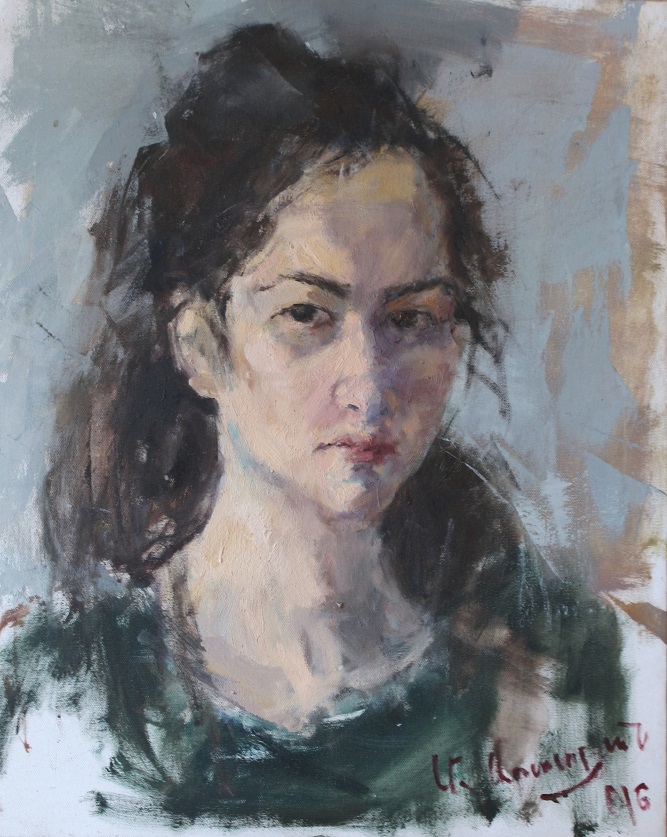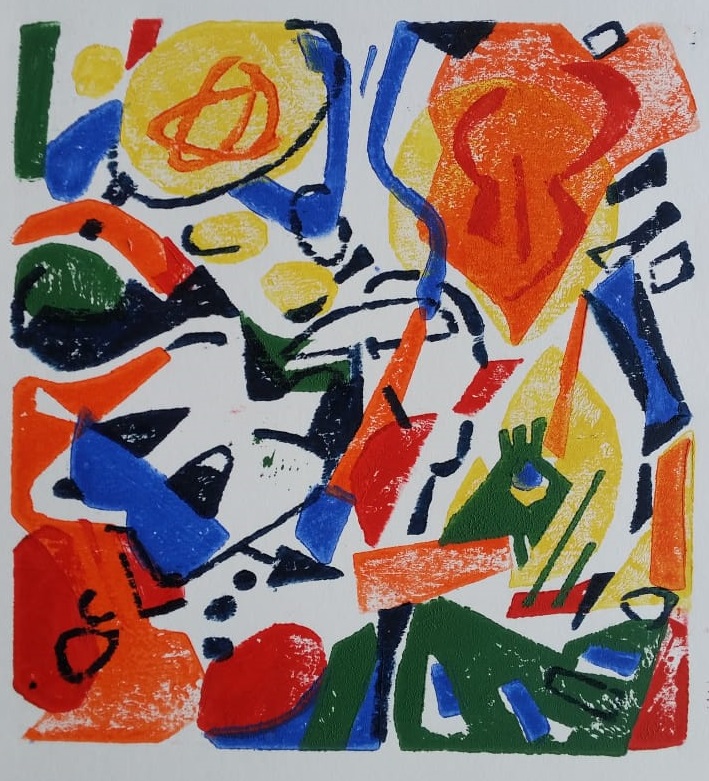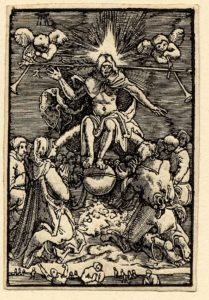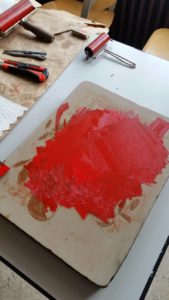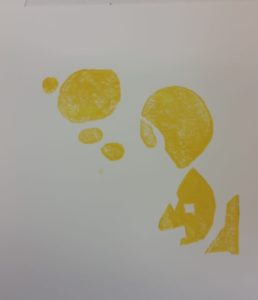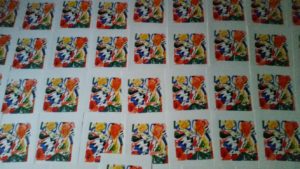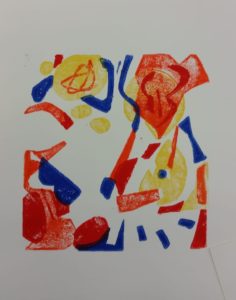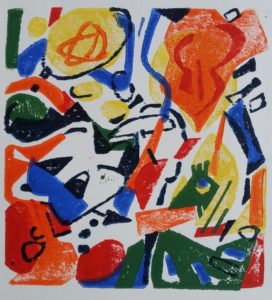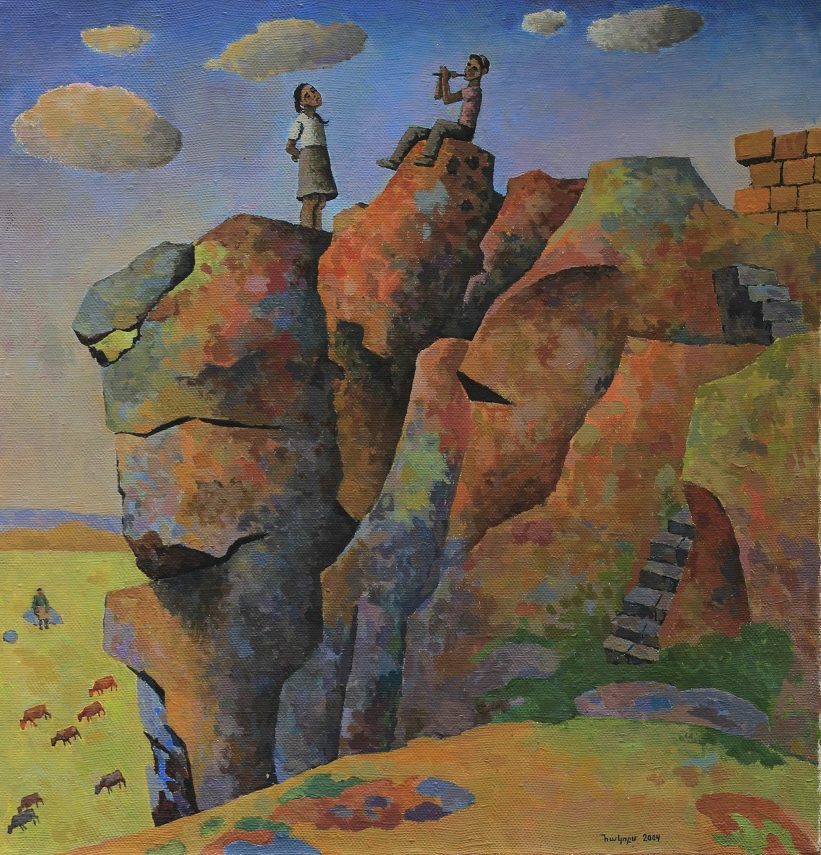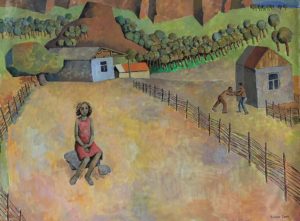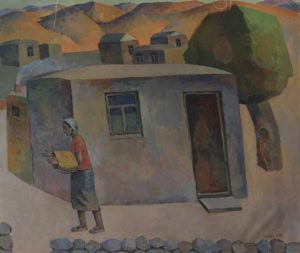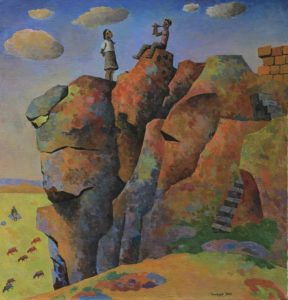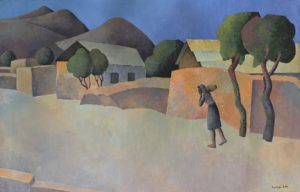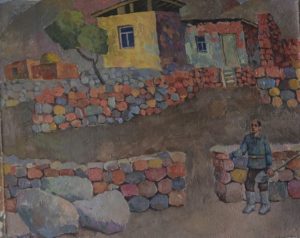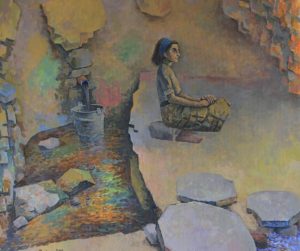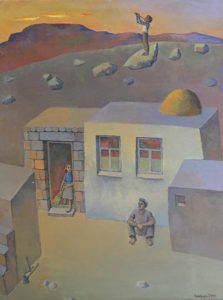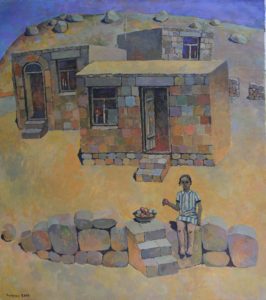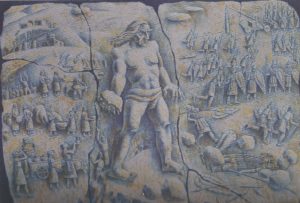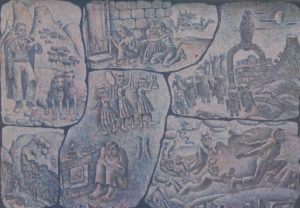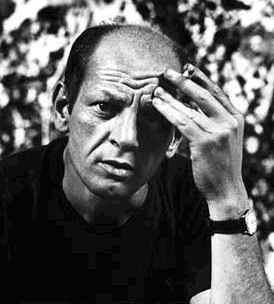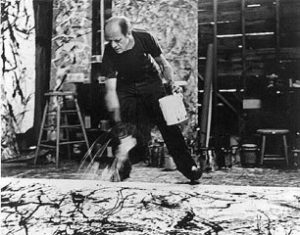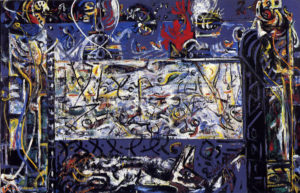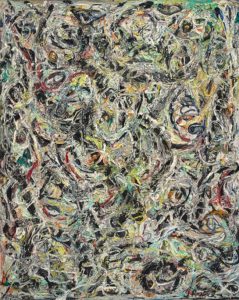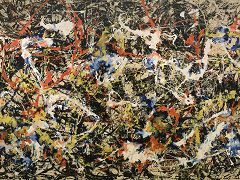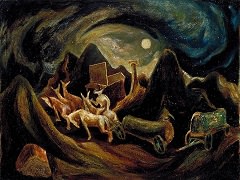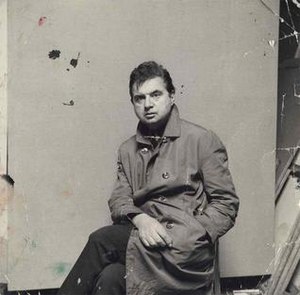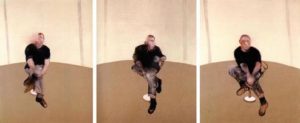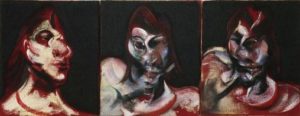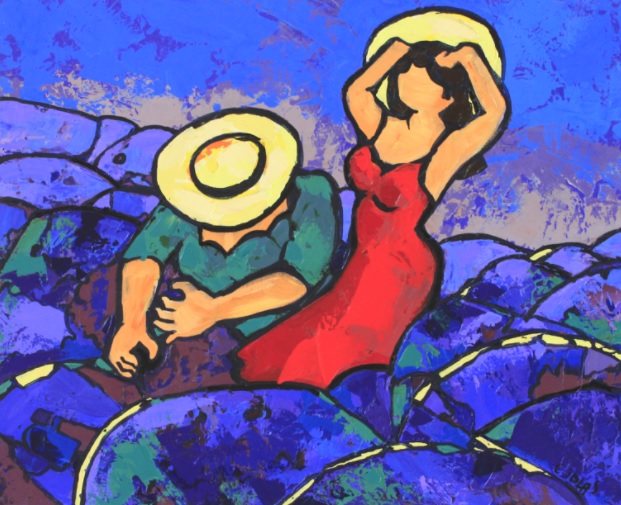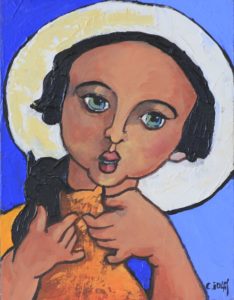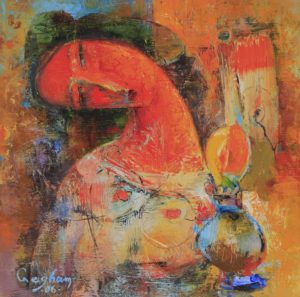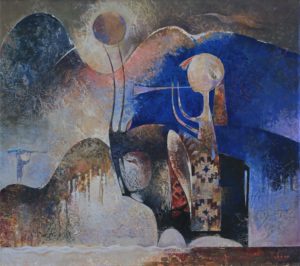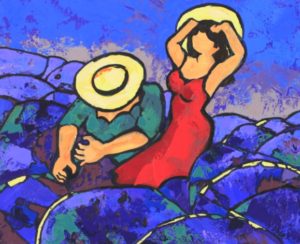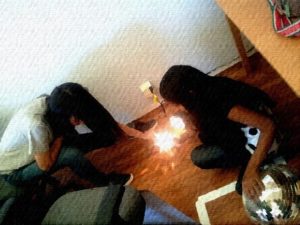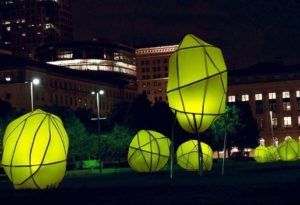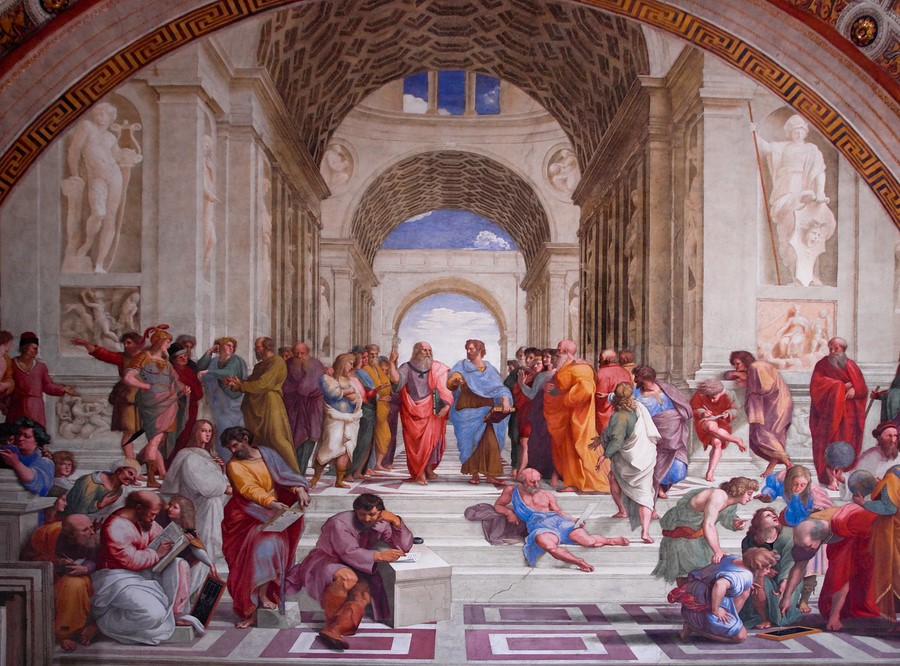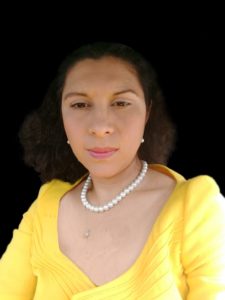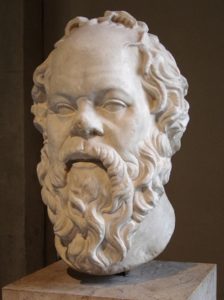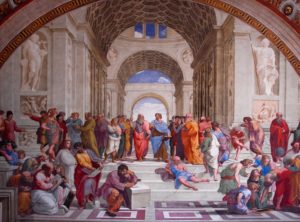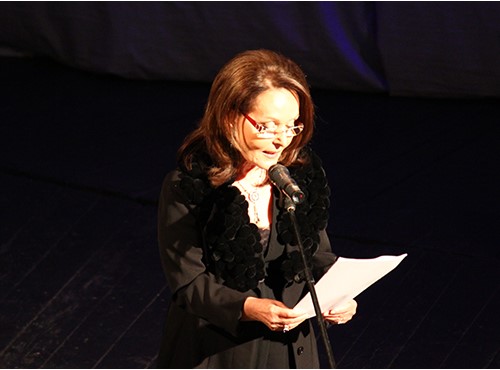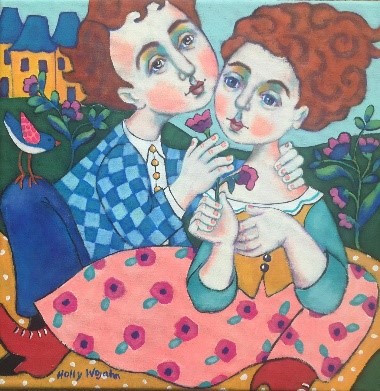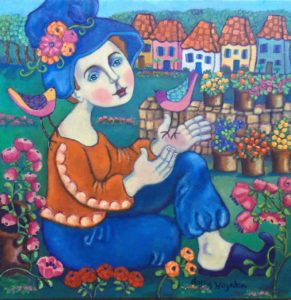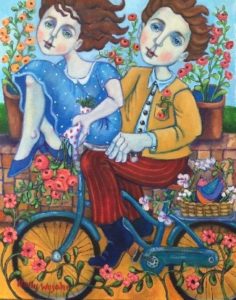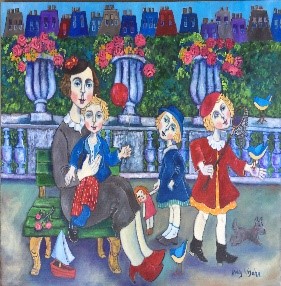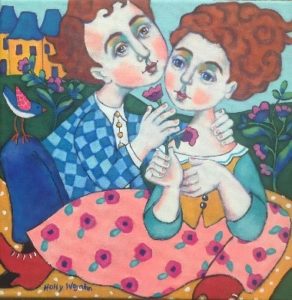Creativity and Inheritance – Margarette Asatryan
At birth, do we take our first breath, release or first scream, and open our eyes with some inheritance of talents and flaws? I am sure there are hundreds of scientific research and papers out there relating to this, but, you know what, I don’t want to read or research them. I want to relay on the observations that I carry with me as one of the blessings from being in the beautiful business of marketing and art. In a way, these two words, creativity and inheritance, resemble couples that are sleeping back to back without holding each other, but, since everything in this world has a price, and everything is available to be purchased or sold, I think there is a way of separating them.
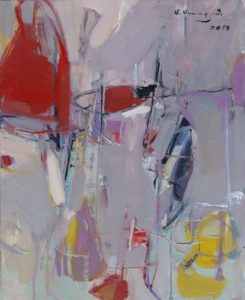
Art itself is an imaginary commodity giving us extreme doubts about its initial value in comparison with its emotional value and offerings that come with it. Art is an irreplaceable friend. It does not gossip about you, doesn’t betray you or stab you on the back nor leaves you with the delusion of love going to bed with someone else. All we have to do is find pieces that complete us and fulfills our missing dreams of being happy. Sometimes it tells the truth. Sometimes it comforts us with lies in all its forms of metamorphosis. Art is a remedy that helps us to move on in life and we part on the journey by decorating our life with it.
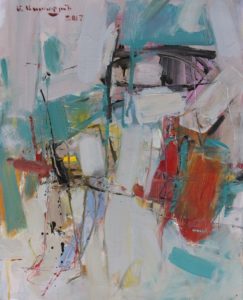
When it comes to our natural understanding and choosing art ability, sometimes I think that each individual has his or her own emotional capacity to observe, digest and possess art. It has something to do with our understanding of beauty, harmony, complexity of human emotions, ability to read other universes, from that stand point, dealing with art is making me one of the most fortunate professionals that one can be.
Today’s topic is Creativity and inheritance aspects of it. I guess I wasted my reader’s patience in the paragraphs that I poured out, but I am out there to land into the core of my subject. Yes, I think there is a strong and undeniable proof or evidence that creativity is inherited. It comes to us from different outlets. Sometimes we recognize it late in life. Sometimes we hate to waste it as it can be result from every day dealings and memories related to people who gave us the bug of creativity as most genetic diseases. Maybe, sooner or later it is going to come back and hunt us. So, the ones that are clever make a good usage of it or shift to the direction so that they won’t be the shadow of their creative parent.
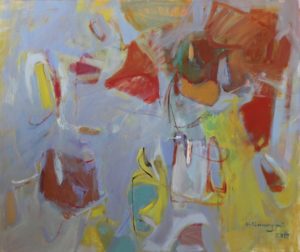
There is this undeniable arrogance in every one of us that makes us think that we are unique, nothing borrowed, stolen or copied. Everything we are and do is ours and ours alone.
Lately I granted a visit to one of my dearest old friend who is an artist, recognized in artistic circles of my home land and about. He is a quiet man, very instinctive, deeply observant and he never tries to impress you. Well, that pleases me and makes me want to strive to know him more. His name is Ashot Asatrian. He is getting closer to his mid-60s. he has his own creative pallet, his own style, everything he makes can be recognized as it carries carefully polished, yet carefully expressed writing of his. Colors are crying to his canvases, models are melting, breeze from seem open windows or dirty ateliers kissing models’ shoulders. He captures the poetic sense of femininity, carefully editing it from vulgarity, provocative and unnecessary exposures. Anyone of us can be one of those ladies. Nothing to be shy or embarrassed about and the amazing part of it is that they are all naked.
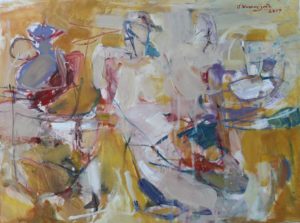
This time, the reason or his gentle invite to his atelier was a surprised for me. He emptied the place from its own work and as every caring father would, he gave the atelier to his daughter to start the journey of art. There were a few artworks from his collection left which he was quickly to mention needed to be removed and added for now they have to be turned backwards so that you will see the girl as a queen of her own space. It will take time I said. Smells, shadows, and intentions of your creative shadows will hunt her trying to convince her that she is your shadow and I have to tell you partially, till now, she is, and that is amazing.
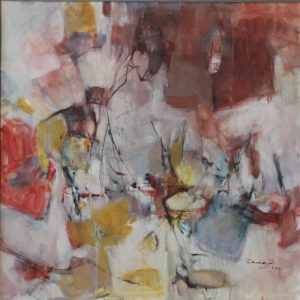
In regards to her work, I see a different composition, more oleo to tell expressions, very gentle set of colors. You can feel the feminism present of his color. You can see that while building her own universe she is trying to set free her universe from the images of your that she carries unknowingly and every single piece that follows the other chronologically carries her undeniable efforts to free herself from the umbilical court of the inheritance that is in her with different smells, softer colors, easily released liquidity of light and forcefully kept patches shadows.
I was very happy that my friend Ashot Asatrian did not contradict from the reality and admitted the presence of his creativity embodied in his younger and softer form. He and I spoke all night discerning possibilities to find different ways to faster the process for the bird to leave the nest and fly her own universe.
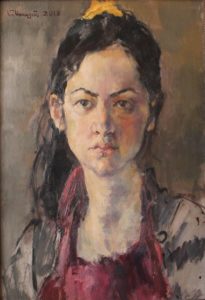
We parted early hours in the morning admittingly that we carry the inheritance and craziness, blessings and gifts. All we have to do is recognize them, soften them, blend them and shape our own journey in the complex world of creativity.
Tamara Hovhannisyan, PhD
